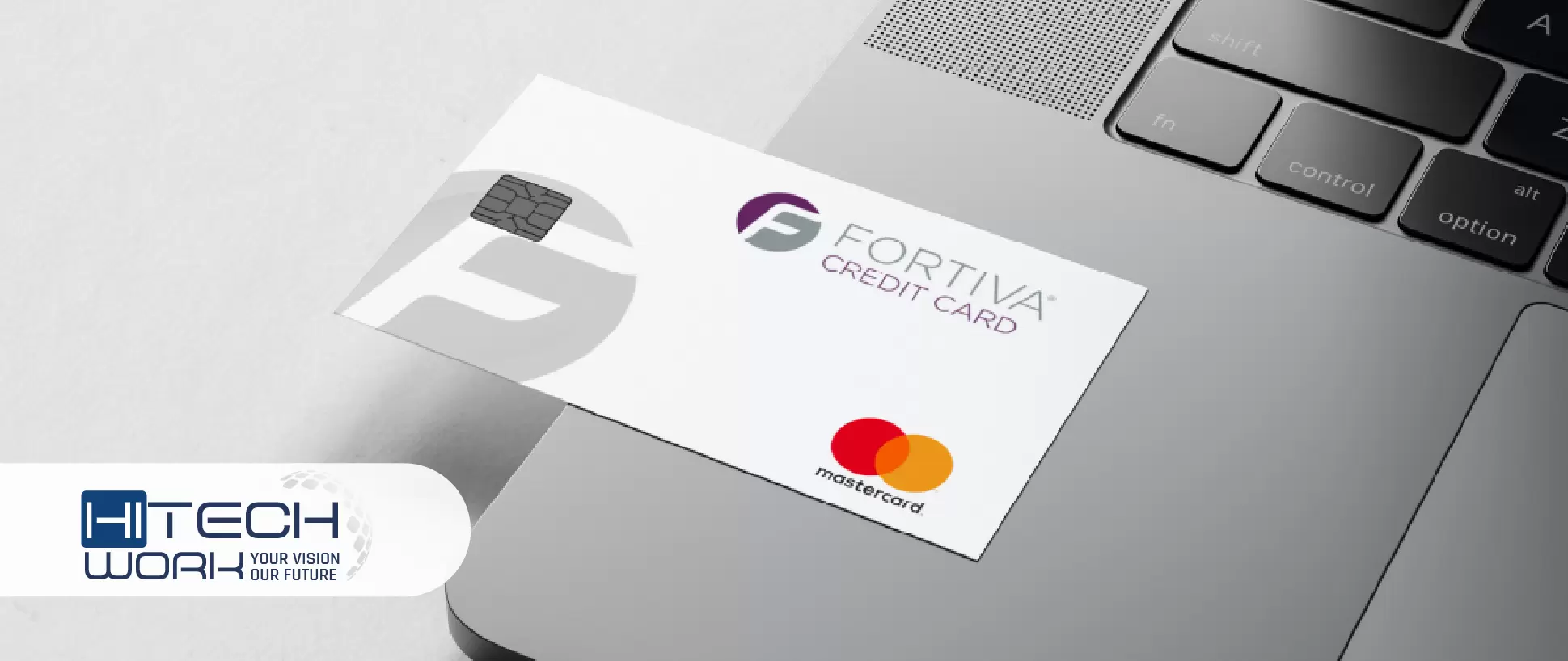Are you surfing the internet right now? Casually browsing through different websites and learning new stuff? Everything may feel alright. But are you aware that your personal information can be used by an anonymous identity? No? Then you must read this.
Cybercrimes are on the rise more than ever before, and everyone online is vulnerable to them. As much as technology has become advanced, people on the internet have stepped up a notch to find new ways to match the trend. You may have been under the impression that the only cybercrime you must be concerned about is hackers stealing your financial data. However, to break the bubble, more new risks and threats are emerging in the world of cybercrime. One among them is identity theft which has become a major problem for internet users.
This article is an effort to keep readers informed about digital identity theft and how to prevent it before things become serious.
Table of Contents
A brief about identity theft
Identity theft is not like regular physical theft that occurs at home. It is a type of scam or deception that culminates in the loss of a user’s data, which can include stealing passwords, usernames, credit card numbers, banking information, health IDs, and Social Security Numbers. The scammer then uses the stolen information to commit a crime or other types of fraud.
Statistics have found that user identity gets stolen every 2 seconds and is the one of the most common digital crimes. With over 14.4 million victims in the U.S. aged between 30 to 39, the issue of identity theft has cost users over $16.8 billion. Indeed, these statistics are alarming, which is why you must understand how digital identity theft happens.
Physical and digital identity theft
Users often become victims of identity theft when they are exploited either through old-fashioned / physical ways or through advanced cybercrimes.
Under traditional ways, identity theft occurs when:
- Scammers steal from your mailbox,
- Rummage through your garbage in search of useful data such as bank statements and bills (dumpster diving),
- Steal credentials for digital wallets, or
- Make an additional copy of your credit card (probably when you pay through your card at a restaurant and the waiter walks away to process the payment).
Another way for physical identity theft can occur is when you are in a crowded place, and hackers can visually hack your system by seeing your credentials over your shoulder. These instances happen when you are unaware of your physical surroundings. But what happens digitally?
Digital identity theft takes place when users fall victims to:
- Schemes like scams and phishing,
- Downloads malware onto their devices or smartphones that steals their information,
- Use unprotected wireless networks,
- Withdraw money from an ATM that is skimmed with a device that collects a user’s card information,
- Sharing passwords with untrustworthy people are strangers,
- Stolen information when government, companies, and educational site data records are breached.
More common digital identity theft
If you thought that this was it, you were wrong. There are more ways to commit digital identity theft that cybercriminals use to disrupt your online security.
1: Hacking
Hacking is the most notoriously common data breach. A hacker can be an individual or a group. They can hack into a company’s, organization’s, or institution’s website to steal the personal information of users on those websites.
2: Spamming
Spamming is often shrouded under the name of an advertisement. Spam emails prompt users to click on a link or download a file with viruses, which when installed, transfers malware onto their device.
3: Phishing
Phishing is nothing but a process that cybercriminals use to collect personal information through emails from internet users who cannot even suspect any scam. The identity thief impersonates a real agency, organization, or institution. This lead users to believe it is a real website, and they voluntarily give away their personal information
4: The middle man
Generally, the middleman tactic is when an anonymous identity stands between your device and the internet connection. Through this, they can record all your online activities, including the credentials you type.
5: Keylogging
Keylogging is a type of malware that records every keyboard stroke. Keylogging has a hardware version that was earlier used on ATMs for stealing pin codes.
Prevent yourself from identity theft
Now, let’s start with the actual purpose of this article: how to maintain internet security.
Learn the basics: What not to do
- No organization or financial institution will ever ask users for personal information through emails.
- Refrain from sharing your personal information on emails or calls that were not initiated by you.
- When you are reading an email, be sure that the sender is a legitimate entity. Make sure to check a letter or the whole letter, which won’t be similar to the original.
- When using free Wi-Fi, you can be a victim of keylogging. Therefore, avoid logging into your websites like your bank account while using free Wi-Fi. As a pro tip, use a VPN when using free Wi-Fi networks.
Advanced prevention against identity theft
Identity theft protection service
Many companies provide their clients with an identity protection service. Through this method, companies monitor user accounts and cards to alert them of any suspicious activity.
Two-factor authentication (2FA)
In the two-step verification process, you need not give your username and password but a one-time password (OTP) from your device or a smartphone. For websites that do not have 2FA, use passwords with uppercase and lowercase letters, signs, and numbers.
Anti-malware software
Apart from anti-virus software, you can also use the anti-malware software specifically created to protect against all types of malware. This can limit malware attacks such as ransomware, phishing, spyware extra.
3D security for bank cards
As a technical standard, 3D security is developed by Visa and MasterCard. It adds a protective layer when you are shopping online, via a one-time pin, sent to you by email or registered mobile number.
Endnote: Stay safe online
Preventing identity theft is quite easy if you have carefully read this article. Most people fall victim to identity theft when they are unaware of the online threat or don’t know how to protect their online identity. (hotelfauchere.com) So, take the extra step today and prevent yourself from unwanted cybercrime.






